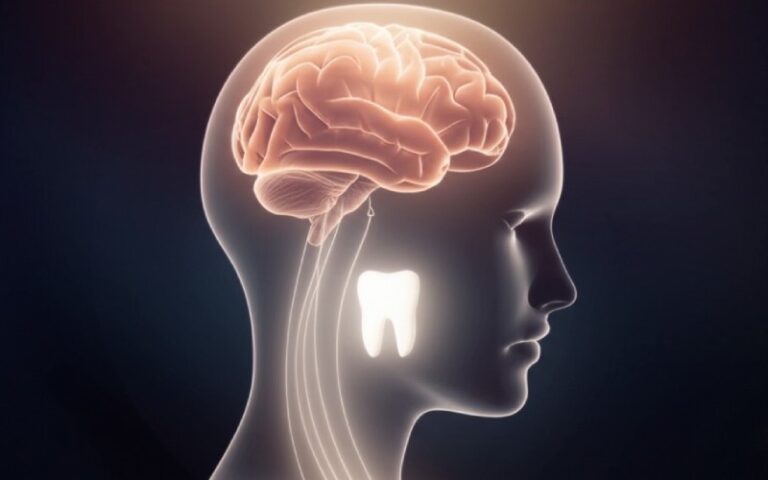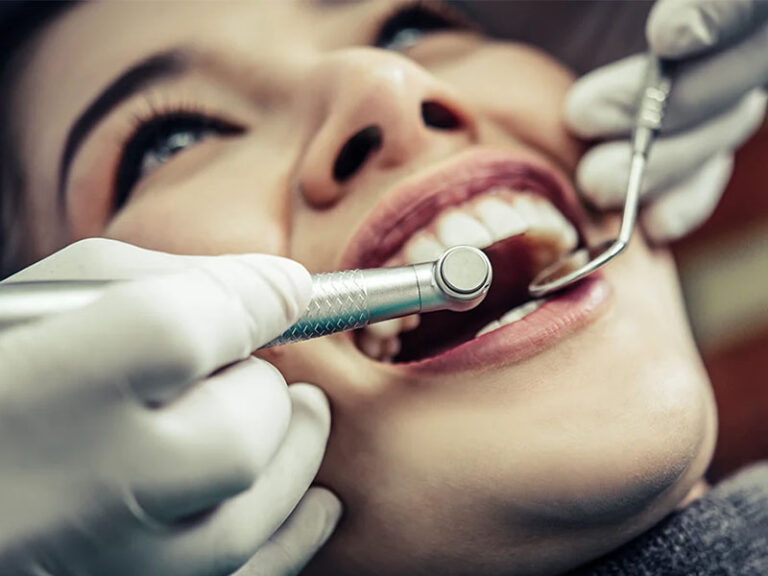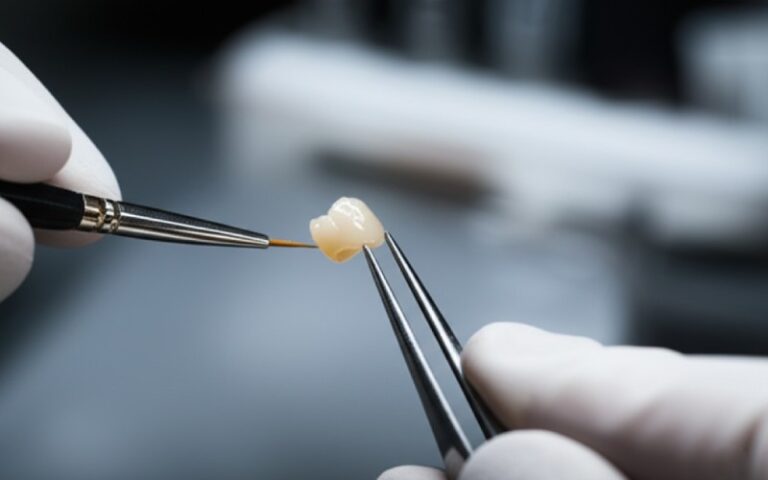
À quoi ressemblent les problèmes dentaires : Guide de première main pour vos dents
In this article, I want to help you see the signs of trouble early. You will learn what the top 15 common dental problems look like. Knowing these signs can save you pain, time, and money. It can help you keep your teeth healthy for a lifetime.
Table des matières
What is the Most Common Dental Problem?
Have you ever seen a small, dark spot on your tooth? That could be tooth decay. Tooth decay, also known as dental caries, is one of the most common health problems in the world. A cavity is basically a hole in your tooth. It starts small but can get much bigger.
This common dental problem happens when plaque, a sticky film of bacteria, builds up on your teeth. These bacteria love to eat sugary and starchy foods. When they eat, they make acids. These acids eat away at your strong tooth enamel. At first, you might not feel anything. But over time, the acid creates holes in your teeth. It is so important to prevent tooth decay with good oral hygiene. A good dentist can spot tooth decay early on.
If you don’t fix a cavity, the tooth decay can go deeper. It can reach the soft part inside the tooth. This can cause a bad toothache and infection. Your dentist may need to do a root canal to save the tooth. A root canal cleans out the infection from the root of the tooth. The best way to prevent tooth decay is to brush your teeth and floss every day. A good dentist can help you with a treatment plan to fix any dental cavities.
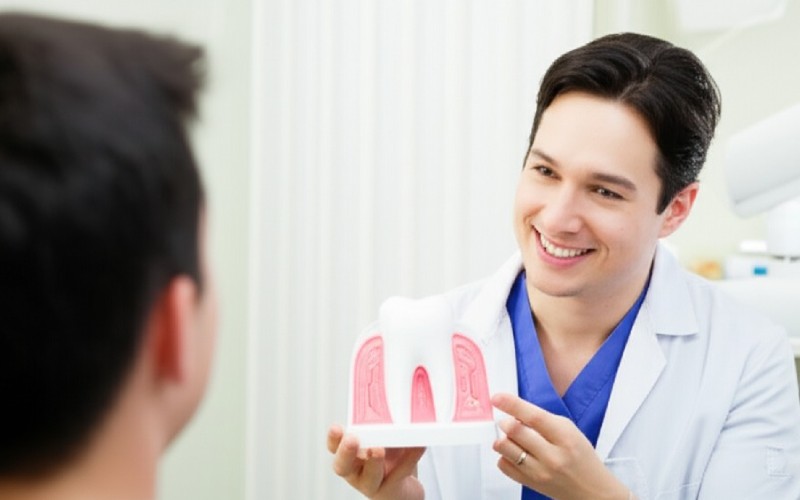
Are Your Gums Bleeding? A Look at Gum Disease and Gingivitis.
Do your gums bleed when you brush them? You may think that it is normal, maybe you just brush too hard. But bleeding gums are often the first sign of gum disease. Gum disease is a serious dental problem that can harm your gums and the bones that hold your teeth in place. It can even lead to tooth loss.
The early stage of gum disease is called gingivitis. Gingivitis happens when there is a buildup of plaque along your gum line. Your gums might look red, swollen, and they might bleed easily. The good news is that gingivitis can usually be reversed. Better brushing and flossing can make a big difference. Your dentist or hygienist can do a deep cleaning to remove the plaque and tartar. This is a very common dental problem that many people face.
If you ignore gingivitis, it can turn into a more serious form of gum disease. The gums can pull away from your teeth. This creates little pockets where more bacteria can hide. This can damage the bone and tissues that support your teeth and gums. This is a serious dental problem that needs care from a dentist. Don’t wait until it gets bad. If your gums are bleeding, it’s time to see a dentist.
Why Do I Have Bad Breath All the Time?
Everyone gets bad breath sometimes. Maybe after eating garlic or onions. But what if it doesn’t go away? This can be embarrassing. It can also be a sign of a dental problem. Persistent bad breath is often caused by bacteria in your mouth. These bacteria can be on your tongue or hiding between your teeth. Poor oral hygiene is a common cause.
There are many possible causes include gum disease, tooth decay, or even dry mouth. When you have gum disease, the bacteria create bad-smelling compounds. A cavity can trap food particles that rot and smell bad. Your dentist can help you figure out the cause of your bad breath. They will check your mouth for any signs of a dental problem.
To fight bad breath, make sure you have good dental care habits. Brush their teeth at least twice a day, and don’t forget to brush your tongue. You should also floss every day to remove food trapped between your teeth. Drinking lots of water helps too. If the problem continues, you must see your dentist. They can rule out a more serious dental issue.
What Does Tooth Sensitivity Feel Like?
Do you ever feel a sharp pain when you eat and drink something hot or cold? That is tooth sensitivity. It’s a jolt of pain that goes right to the nerve. This is a very common dental problem. Sensitive teeth can make eating and drinking unpleasant. It happens when the layer under your enamel, called dentin, gets exposed.
This exposure can happen for a few reasons. Tooth decay, worn-out fillings, or gum disease can cause it. When your gums pull back, they can expose your teeth at the root. The root of your tooth is not covered by enamel, so it is very sensitive to hot and cold. Using a special toothpaste for sensitive teeth can help a lot. Your dentist can recommend one for you.
If you have tooth sensitivity, tell your dentist. They will want to find out why your teeth become sensitive. It could be a sign of a cavity or another dental problem. Your dentist may suggest different treatments. This might include a fluoride gel or a crown to cover the tooth. Don’t just live with the pain. A dentist can help you find relief.
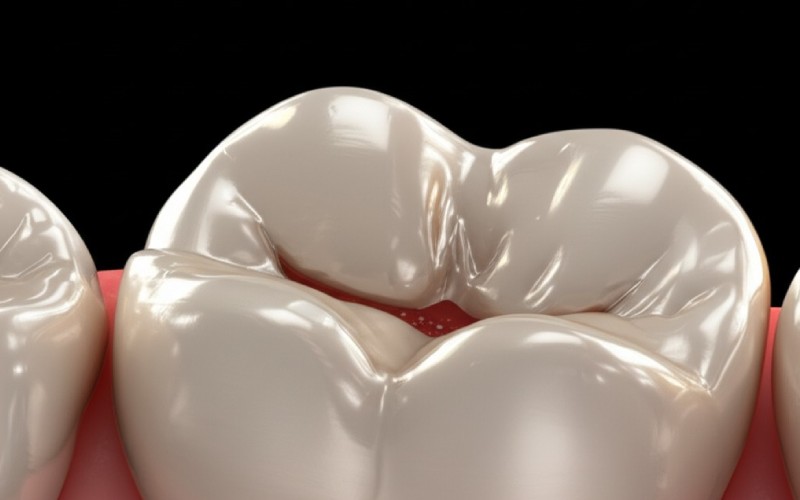
Is a Cracked or Chipped Tooth a Serious Dental Problem?
A cracked or chipped tooth can happen to anyone. It can be a scary feeling. Whether it’s a serious dental problem depends on how bad the break is. A small chip on the edge of a tooth might just be a cosmetic issue. But a larger crack can be a big problem.
A crack can let bacteria get inside the tooth. This can lead to infection of the nerves of the tooth. If this happens, you might need a root canal to save the tooth. Sometimes a crack is so small you can’t see it, but you feel pain when you chew. These are sometimes called fractured teeth. Any kind of chipped teeth or cracked teeth should be checked by a dentist.
Your dentist will look at the cracked or chipped tooth to see how deep it goes. For a small chip, they might smooth the edge or use a filling to fix the appearance of your teeth. For a bigger crack, you might need a crown. A crown is a cap that covers the whole tooth to protect it. It is very important to get a dental problem like this fixed before it gets worse.
What are Receding Gums and Should I Worry?
Have you ever looked in the mirror and thought your teeth look longer? This could be a sign of receding gums. Receding gums are when your gum tissue pulls back from your teeth. This exposes more of the tooth, or even the root of the tooth. This is a common dental problem, especially as people get older.
Receding gums can be caused by many things. Gum disease is a major cause. Brushing too hard can also wear away your gums over time. Even teeth grinding can put stress on your gums and make them recede. When the roots are exposed, your teeth can become very sensitive. It also makes it easier for a cavity to form on the root.
You should talk to your dentist if you notice your gums are receding. They can help you figure out why it’s happening. Your dentist may show you a better way to brush your teeth to protect your gums. If the problem is because of gum disease, they will create a treatment plan to get it under control. In serious cases, you might need a gum graft to cover the exposed roots. Taking care of your gums is a key part of good dental health.
Do You Grind Your Teeth? The Signs of Teeth Grinding.
Do you wake up with a sore jaw or a dull headache? You might grind your teeth at night. This is called teeth grinding, or bruxism. Many people don’t even know they do it because it happens while they sleep. You may find out when your wife or husband tells you that she/he can hear you doing it.
Teeth grinding can cause a lot of damage. It can wear down your teeth over time. It can lead to cracked or chipped teeth. It can also cause jaw pain and headaches. This is a common dental problem that a dentist can help with. They can check your teeth for signs of wear and tear.
If you grind your teeth, your dentist may recommend a night guard. A night guard is a custom-made piece of plastic that you wear over your teeth while you sleep. It acts as a cushion, so you grind on the guard instead of your teeth. This can prevent further damage. It is a simple solution to a potentially serious dental problem.
Why Do My Teeth Look Stained or Yellow?
Many people want a whiter smile. But many foods and drinks, like coffee, tea, and red wine, can discolor your teeth. Smoking is another big cause of stained teeth. Over time, your teeth can lose their bright, white look. This can affect the appearance of your teeth and make you feel self-conscious.
There are different types of stains. Some are on the surface of the tooth. These can often be removed with a professional cleaning at your dentist’s office. Whitening toothpaste can also help. Other stains are deeper inside the tooth. These can be harder to remove. Poor oral hygiene can also lead to yellow teeth because of plaque buildup.
If you are worried about stained teeth, talk to your dentist. They can tell you about your whitening options. These can range from at-home kits to in-office treatments. For very deep stains, your dentist might suggest facettes dentaires. These are thin shells that cover the front of your teeth. Proper dental care can help prevent tooth decay and also keep your smile bright.
Are Crooked Teeth a Health Issue?
Many people think of crooked teeth as just a cosmetic issue. They might not like how their smile looks. But misaligned teeth can also be a health problem. When your teeth are crooked or crowded, they can be much harder to clean. It’s easy for plaque and food to get trapped in those tight spaces.
This can increase your risk of tooth decay and gum disease. It is hard to floss properly when your teeth are not straight. Misaligned teeth can also cause problems with your bite. This can lead to jaw pain and even wear down your teeth unevenly. That’s why fixing crooked teeth is about more than just looks; it’s about your overall dental health.
If you have crooked teeth, your dentist might refer you to an orthodontist. They can talk to you about braces or clear aligners. These treatments can straighten your teeth and improve your bite. This is an important part of a long-term dental problems and treatment plan. It can make it easier to keep your teeth clean and healthy.
When Should You See a Dentist About These Common Dental Problems?
The simple answer is: as soon as you notice something is wrong. Regular dental checkups are the best way to catch a dental problem early. Your dentist is a trained professional who can see signs of trouble that you can’t. You should visit your dentist at least once a year, or more if they recommend it.
You should make dental appointments right away if you have symptoms like a toothache, bleeding gums, or sensitivity. These are signs your body is telling you something is wrong. Many people worry about the cost, but some have dental insurance that can help. Ignoring a dental problem will almost always cost more to fix in the long run. Many dental professionals offer payment plans.
Your dentist can diagnose dental conditions and give you the best advice for common dental problems and treatment. Whether it is a simple filling for a cavity, treatment for gum disease, or even removing wisdom teeth that are causing trouble, your dentist is your partner. This list covers some of the top 10 common dental problems, but your dentist knows them all. It is so important to get your dental health checked. From impacted teeth to a common dental problem like gingivitis, they can help. Taking action and seeing a dentist is the most important step. Don’t wait to book your routine dental visit.
Points clés à retenir
- Don’t Ignore Pain: Pain, sensitivity, or bleeding gums are signs of a dental problem. See a dentist.
- Prevention is Key: Good oral hygiene, like brushing at least twice a day and flossing daily, is the best way to prevent tooth decay and gum disease.
- See Your Dentist Regularly: Regular dental checkups can catch problems early, when they are easier and cheaper to fix.
- Tooth Decay is Common but Serious: A small cavity can grow and lead to infection and even tooth loss.
- Gum Health Matters: Healthy gums don’t bleed. Bleeding is a sign of gingivitis or gum disease.
- Many Problems are Treatable: From stained teeth to cracked teeth, your dentist has a solution. There are treatments like fillings, root canal procedures, and even implants dentaires. Don’t be afraid to ask for help.

